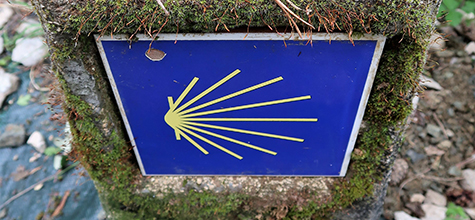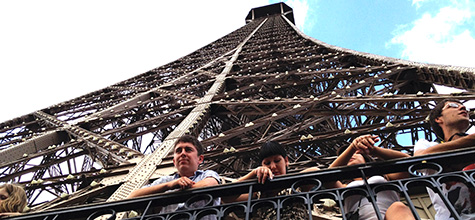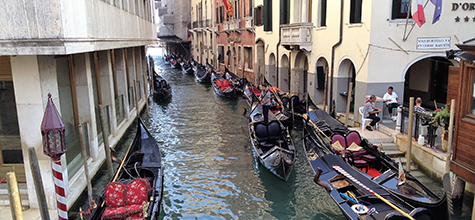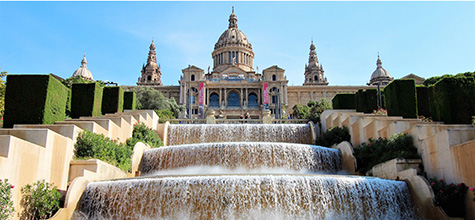
The Camino de Santiago, also known by the English names Way of St. James, St. James's Way, Santiago de Compostela, is the name of any of the pilgrimage routes to the shrine of the apostle St. James the Great in the Cathedral of Santiago de Compostela in Galicia in northwestern Spain. Tradition has it that the remains of the saint are buried at Compostela. Many follow its routes as a form of spiritual path or retreat for their spiritual growth. It is also popular with hiking and cycling enthusiasts as well as organized tours.
The Way of St. James was one of the most important Christian pilgrimages during the Middle Ages, together with those to Rome and Jerusalem.
Legend holds that St. James's remains were carried by boat from Jerusalem to northern Spain, where he was buried in what is now the city of Santiago de Compostela.
During the Middle Ages, the route was highly traveled. However, the Black Death, the Protestant Reformation, and political unrest in 16th century Europe led to its decline. By the 1980s, only a few pilgrims per year arrived in Santiago. Later, the route attracted a growing number of modern-day pilgrims from around the globe. In October 1987, the route was declared the first European Cultural Route by the Council of Europe; it was also named one of UNESCO's World Heritage Sites.
Whenever St. James's Day (25 July) falls on a Sunday, the cathedral declares a Holy or Jubilee Year. Depending on leap years, Holy Years occur in 5, 6, and 11 year intervals. The most recent were 1982, 1993, 1999, 2004, and 2010. The next will be 2021, 2027, and 2032.









